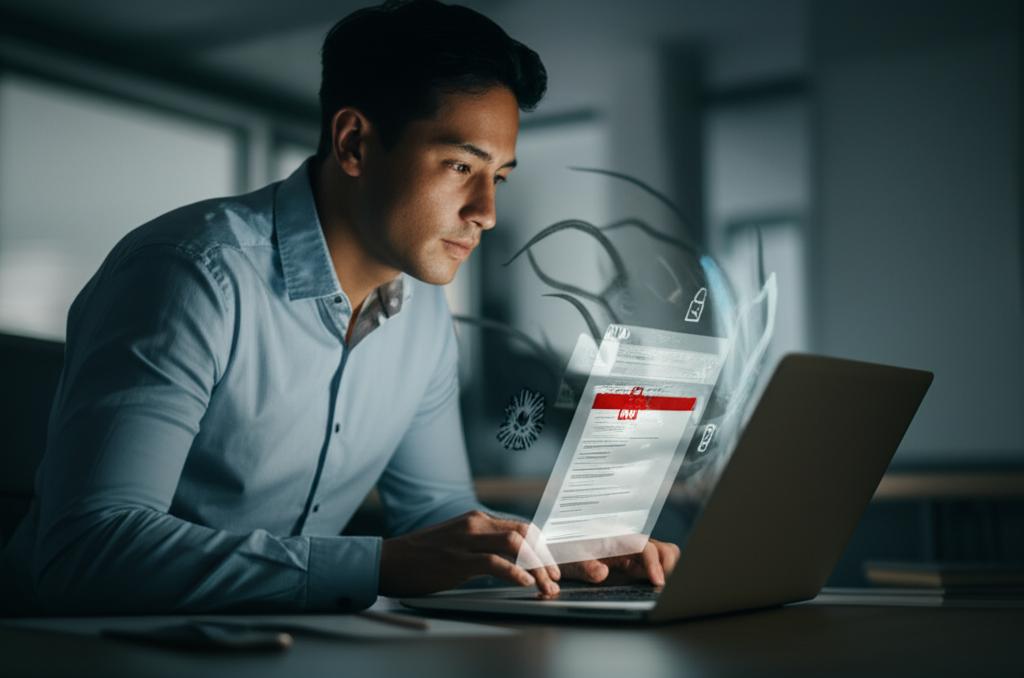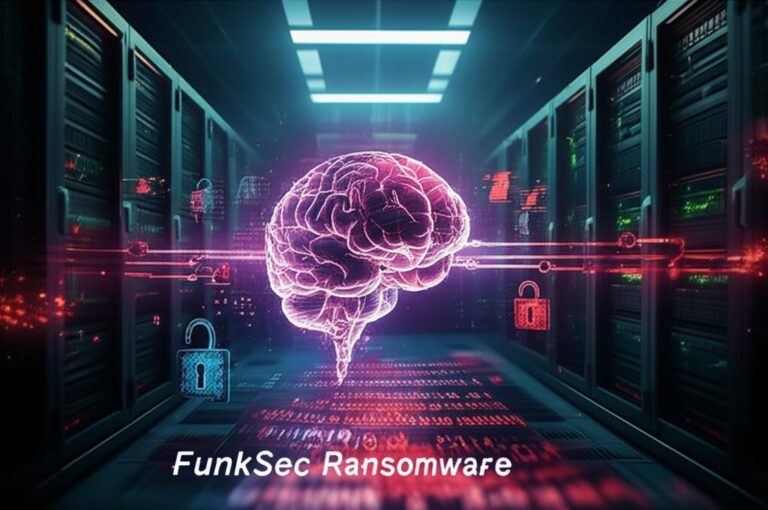Email Security Awareness: Protecting Your Inbox, Protecting Our Business
The Unseen Battle: Why Email Security Matters More Than Ever
In today’s digital landscape, email remains the primary communication channel for businesses worldwide. It’s where deals are made, information is shared, and critical decisions are communicated. Unfortunately, it’s also a prime target for cybercriminals. Every email you open, every link you click, and every attachment you download has the potential to become a vulnerability, threatening not just your personal data, but the entire organization’s security.
At [Your Company Name], our collective security is paramount. This guide is designed to empower you with the knowledge and tools to recognize and defend against common email threats, turning every employee into a vital line of defense.
Common Email Threats You Must Know
Cybercriminals are constantly evolving their tactics. Understanding their methods is the first step in protecting yourself and the company:
- Phishing: The most prevalent threat. Phishing emails attempt to trick you into revealing sensitive information (like passwords, credit card numbers, or personal data) by impersonating legitimate entities. They often create a sense of urgency or fear.
- Spear Phishing: A more targeted form of phishing, where attackers tailor emails to specific individuals or departments, often using information gathered from social media or public sources to make the email seem more credible.
- Malware (Malicious Software): Often delivered via infected attachments (e.g., seemingly innocent PDF, Word, or Excel files) or malicious links. Once activated, malware can steal data, disrupt systems, or even hold your data for ransom (Ransomware).
- Business Email Compromise (BEC): A sophisticated scam where attackers impersonate a high-level executive (like the CEO or CFO) or a vendor, requesting wire transfers or confidential data. These emails often appear legitimate and can result in significant financial losses.
- Spoofing: When an attacker disguises an email address to appear as if it’s from a trusted sender, making it difficult to distinguish from a genuine email.
Your Role: Best Practices for Email Security Awareness
Your vigilance is our strongest shield. Follow these best practices diligently:
1. Stop, Look, and Think Before You Click
Always pause and examine an email, especially if it’s unexpected or seems too good to be true. Hover your mouse over links (without clicking!) to see the actual URL. If it doesn’t match the sender or looks suspicious, do not click.
2. Verify the Sender’s Identity
Even if an email looks like it’s from a colleague, vendor, or bank, double-check the sender’s email address. Look for subtle misspellings (e.g., support@amaz0n.com instead of support@amazon.com). If in doubt, contact the sender through a known, alternative method (e.g., phone call, or a new email drafted independently) – never reply directly to the suspicious email.
3. Be Wary of Urgent or Emotional Language
Cybercriminals often use urgency, threats, or enticing offers to bypass your critical thinking. Phrases like “Immediate Action Required,” “Account Will Be Suspended,” or “You’ve Won!” are red flags.
4. Strong Passwords and Multi-Factor Authentication (MFA)
Use strong, unique passwords for all your accounts. Enable Multi-Factor Authentication (MFA) whenever possible. This adds an extra layer of security, making it significantly harder for attackers to access your accounts even if they steal your password.
5. Think Before You Download Attachments
Attachments are a common vector for malware. Never open an attachment from an unknown or suspicious sender. If an attachment from a known sender seems out of character or unexpected, verify it with them first via a separate communication channel.
6. Report Suspicious Emails
If you receive an email that looks like a phishing attempt, or you’re unsure about its legitimacy, do not forward it. Instead, report it immediately to [Your IT Security Department/Help Desk Email/Procedure]. This helps our security team identify and block threats before they can impact others.
Remember: When in doubt, err on the side of caution. It’s always better to ask our IT Security team than to accidentally compromise company data.
Our Collective Responsibility
Email security is not just an IT department’s concern; it’s a shared responsibility. Every employee plays a crucial role in safeguarding our company’s information, reputation, and financial well-being. By staying informed, practicing vigilance, and adhering to these best practices, you contribute directly to a safer and more secure working environment for everyone.
Thank you for being a proactive part of our defense against cyber threats. Your awareness makes all the difference.







